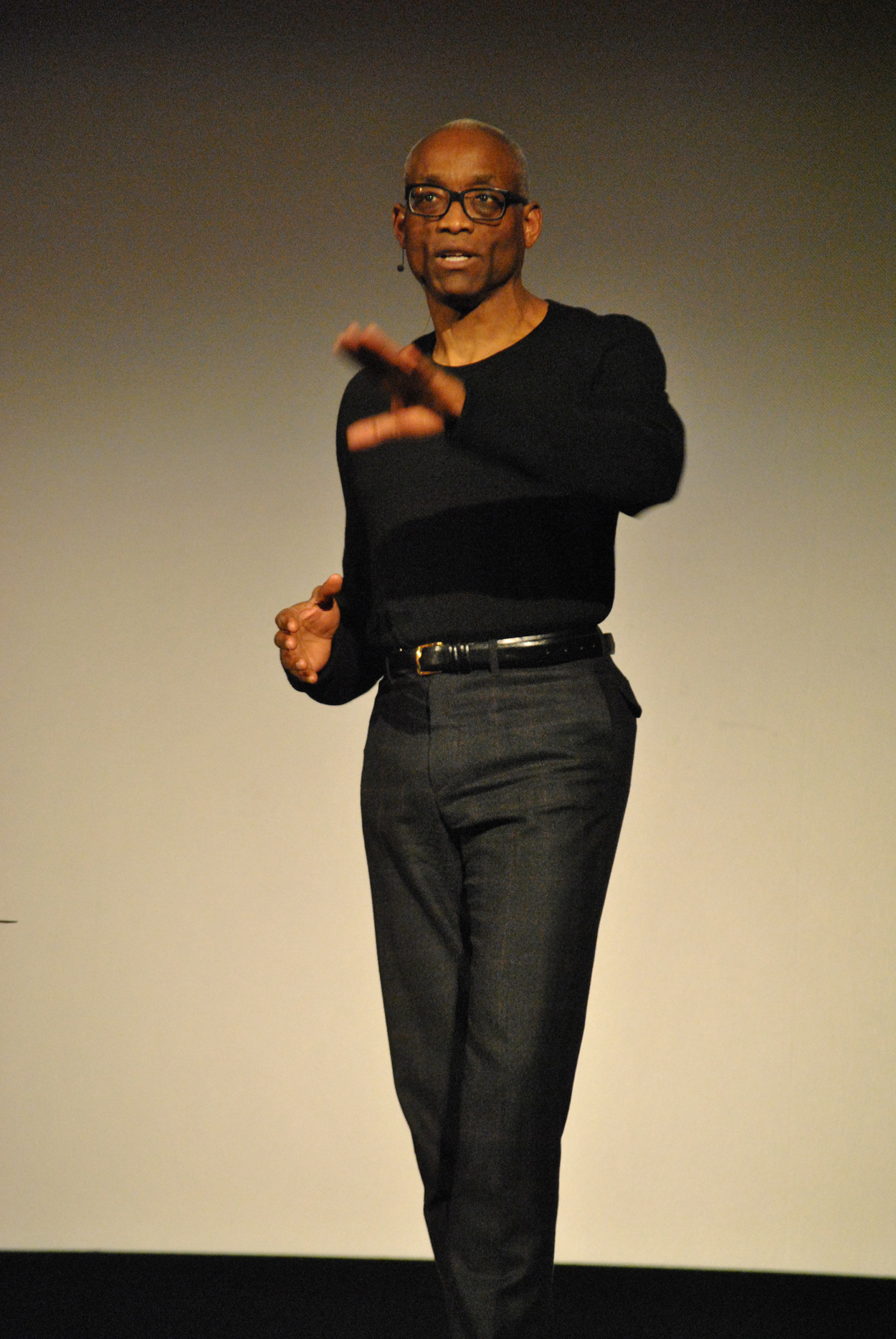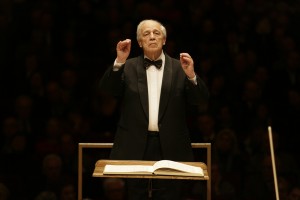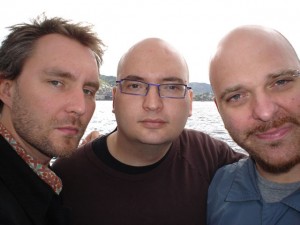Links: UMS in the News
Since the beginning of January, we’ve had a busy and exciting 8 weeks of 12 performances in all the big genres: dance, jazz, world music, classical music, and theater. It’s definitely a whirlwind experience for all of us on staff to see and talk about so many events – and there’s definitely been plenty to talk about! In case you missed it, here’s a roundup of UMS in the news:
- Chris Azzopardi of Between the Lines interviewed Bill T. Jones about his motivations for creating Fondly Do We Hope…Fervently Do We Pray and what’s next for his company.
- James Leonard of the Ann Arbor Observer speculated about UMS’s 10/11 season and which orchestra would join the UMS Choral Union in Mahler’s Symphony No. 8 “Symphony of a Thousand” (it’s the DSO, in case you haven’t heard yet!).
- UMS was awarded a share of a $1.9 million dollar grant from the Mellon Foundation to support classical music programming, along with Cal Performances at the University of California-Berkeley and the Krannert Center for the Performing Arts at the University of Illinois in Urbana-Champaign.
- Two of UMS’s very own staff members boldly journeyed into the blogosphere as guest bloggers. UMS Director of Programming Michael Kondziolka blogged at ArtsJournal.com on how artistic programs are chosen and what makes an artist special. UMS Director of Marketing and Communications Sara Billmann blogged for the American Orchestras Summit on the future of orchestral music.
- Susan Nisbett of AnnArbor.com reviewed Fondly Do We Hope…Fervently Do We Pray which created some conversation in the comments section.
- Mark Stryker of the Detroit Free Press interviewed legendary conductor Pierre Boulez on the occasion of his 85th birthday, and in conjunction with the Chicago Symphony Orchestra’s Ann Arbor performance.
- Have you heard of Concentrate? Managing Editor Jeff Myers has been writing fun, quirky, and media-rich profiles of UMS events for a while — and they’re really fantastic. If you’re having a hard time convincing your friend to go to a performance with you, Concentrate is just what the doctor ordered. Check out past profiles on Ladysmith Black Mambazo, The Bad Plus, and the Luciana Souza Trio.
- UMS’s exclusive backstage video with jazz trio The Bad Plus was featured on AnnArbor.com. Don’t miss the honey bear (that’s all I’m gonna say).
- Other AnnArbor.com reviews included Bela Fleck: The Africa Project, the Swedish Radio Choir, and the Schubert Piano Trios (with David Finckel, Wu Han, and Philip Setzer).
The Creative Process Behind “Fondly Do We Hope…”
I, along with a group of UMS Staffers, had the opportunity to see the premiere of Fondly Do We Hope…Fervently Do We Pray at the Ravinia Festival in September. There was plenty for us to talk about after the show; both the artistic elements (the visual design, the movement, the strength of the dancers, the live music, the acting) and the narrative themes (Lincoln-as-saint, Lincoln-as-hero, Lincoln-as-human, Lincoln’s legacy and relevance, how we understand history through our personal experiences, how we create heroes) were compelling. I left feeling stimulated, intrigued, and curious. Personally, I prefer artistic works like this one that tackle complicated questions and meditate on them, but don’t arrive at any concrete conclusions. The ambiguities in the performance ask me to draw my own conclusions, “to do the math” for myself, and to participate in the creative process along with the artist. I realize though that this kind of contemporary dance performance, one in which both movements and language are abstracted, can seem cryptic and be incredibly frustrating for an audience. You could easily walk away feeling like the usher forgot to issue your decoder ring along with your program. Moreover, the creators of these works may mask their creative motives and processes. As an audience member, finding a way in can be incredibly challenging.
One of the wonderful aspects of the Fondly… project is that the company has kept a blog that documents the show’s creative journey. On the blog you can follow the company through the rehearsal process, the premiere, and, now, the tour. The blog provides a rare glimpse into how the art is made, casting light on some of the more mysterious elements in the performance and providing both artistic and historical context. If you’re going to see the show at the Power Center, you might want to browse through some of the entries to get sense of what you’re about to see. On the other hand, I didn’t discover the blog until after the premier, so I’ve found that coming back to it has helped me to understand the performance more deeply.
Some highlights include Bill T. Jones himself commenting on the genesis of the project. He reflects on the title, the way in which he collaborates with his dancers and technicians, and how he chose to focus on Lincoln’s legacy (particularly the choice to juxtapose the personal autobiographies of the dancers against Lincoln’s biography). Bill summarizes his broad creative approach this way, ” I’m interested in something as concrete as language against something as fugitive as movement and what happens when they are juxtaposed or overlaid or interrogate each other.”
A few other video highlights from the blog:
- An early (and abandoned) idea to include a Lincoln doll in the performance.
- The video shoot of the Mary Todd character wandering through Times Square which is used in the video projections for the show.
- Rehearsal footage showing Bill’s process of making meaning out of abstract movement.
- A montage that demonstrates all the various instruments the musicians play during the show.
And if you’d like to hear more from Bill, don’t miss his interview on the Bill Moyers Journal:





